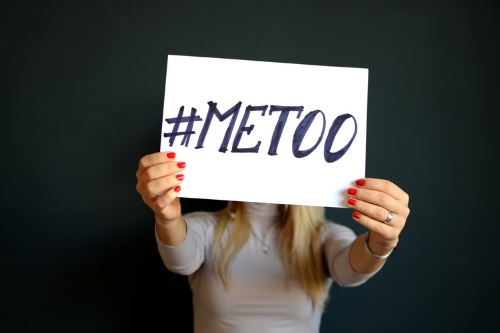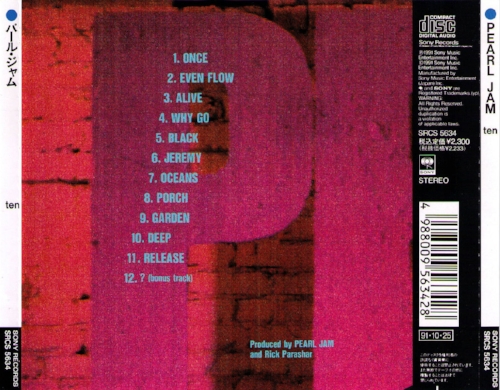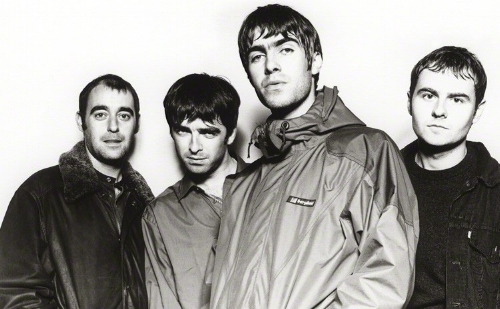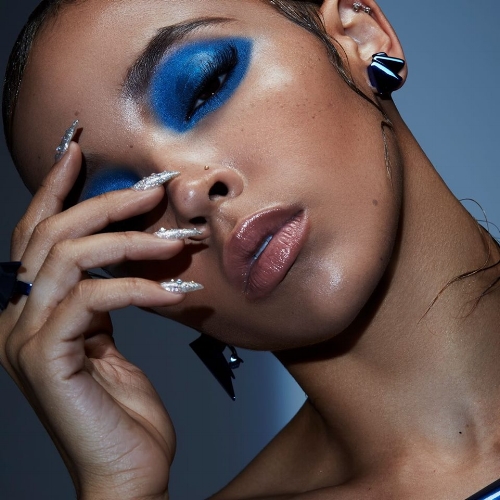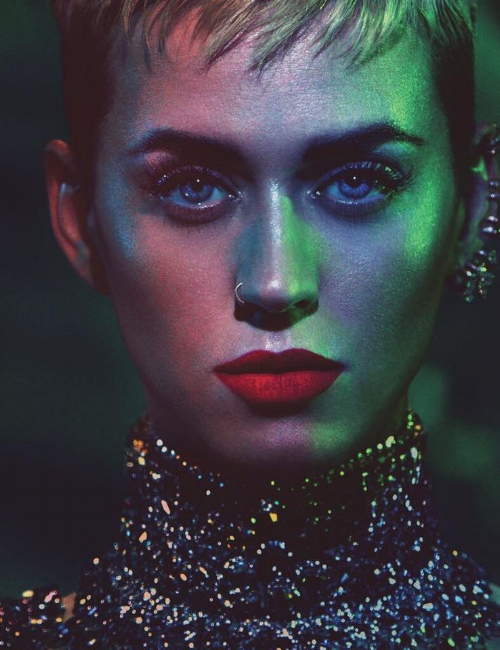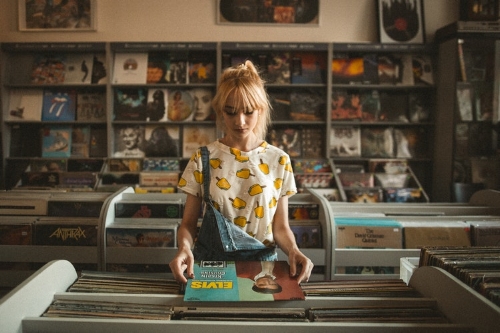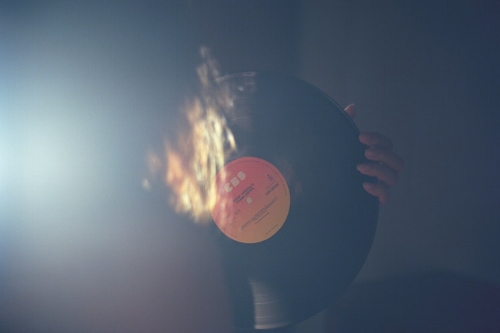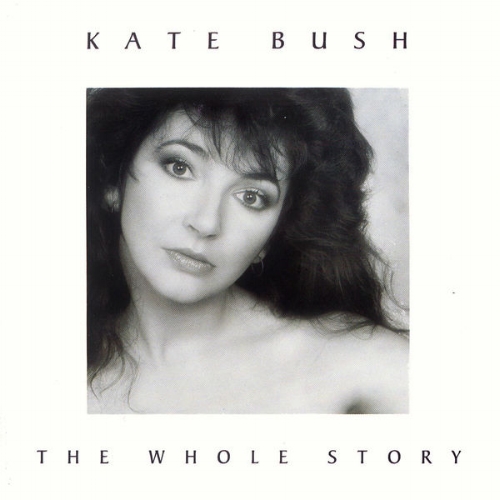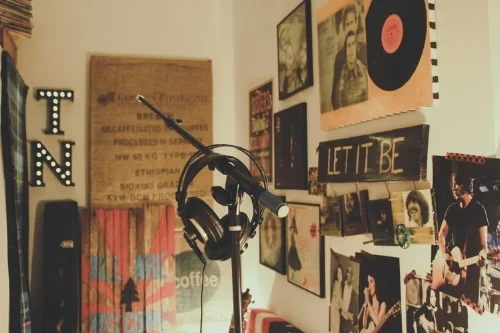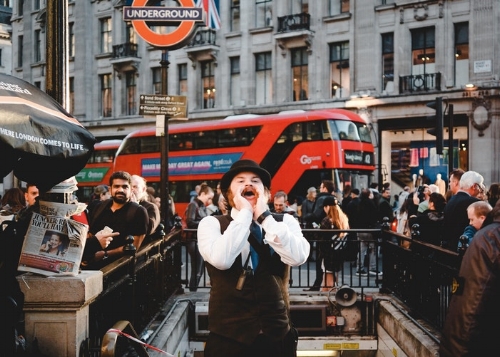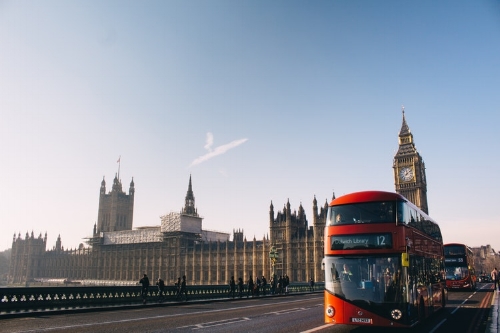FEATURE:
A Dangerous Allure
PHOTO CREDIT: Unsplash
How Opioid Overdependence Is Taking a Huge Toll on Music
__________
I wanted to talk about other subjects this weekend…
PHOTO CREDIT: Getty Images
that included the power of lyrics and how they can comfort us in challenging times; some of the great changes I anticipate in the music industry; an act I am especially excited about right now – a few other things thrown in. Today, right now, I am angered somewhat. Tom Petty died last year and, whilst it is tragic and heartbreaking; something more alarming comes to mind: the fact he died of an accidental drug overdose. His family are trying to raise awareness of a problem in the U.S.: how opioids and painkiller addiction is taking lives. It is something I am seeing too much in the music industry. Prince, in 2016, died of an accidental opioid overdose: the same reason Tom Petty was taken from us. The death of The Cranberries’ lead Dolores O’Riordan took everyone by surprise recently – the world waits to discover why she died so suddenly. She spoke about health issues and how she had to cancel gigs (in the past) because of pain – she was wielding a guitar on stage and, through overuse and exertion; she had to take a break. The medicinal solution to this issue is opioids and painkillers. It is not exclusive to the U.S., as we can see. One cannot assume O’Riordan died due to an overdose - but there is the possibility that is the case. She was in London to record material and was excited by the prospect...
IN THIS PHOTO: Tom Petty/PHOTO CREDIT: Getty Images
Although she battled mental-health issues; it would be rash to think that contributed to her death – especially, given the reason she was in the U.K. and the fact she seemed in a positive frame of mind. The Irish musician spent years with a heavy guitar and was an active performer. It was inevitable there would be certain repercussions and effects from that lifestyle. Doctors, I guess, have to prescribe the medication they feel will best treat the ailment. The same is true of Petty: he was suffering various conditions and was very ill before he accidentally overdosed. Petty suffered a massive cardiac arrest and had painkillers and anti-depressants in his system. His wife and daughter, Dana and Adria, revealed Petty suffered mobility issues. He had movement issue as a result of fractured hip but continued to tour – determined not to let his fans down. He performed as much as he could and, the more he got out on the road, the worse the pain became. His death was not a way out of that cycle: he was upping his intake to suppress the pain; unaware of the toxicity and lethal effects. Maybe we can apportion some blame to the music industry itself: it is putting too much demand on artists and, for those who have been in the industry for a long time; they are more susceptible to injury and serious damage.
IN THIS PHOTO: Lil Peep/PHOTO CREDIT: Getty Images
Lil Peep, a U.S. rapper, died last year because of a fentanyl and Xanax overdose. Perhaps the reason for his death was different to that of Petty – maybe it was a recreational thing; seen as the ‘done thing’ in the Rap community – but it has claimed a life. I refute that assumption. I think the rapper had emotional pains and anxieties: that drug took the edge off and, as his pain worsened, his dependency increased. It was a senseless loss of someone barely out of their teens. The Centers for Disease Control and Prevention has highlighted the epidemic: in the U.S., over 42,000 people were killed by opioids in 2016 – this is more than any other year on record. Petty’s death was a shock; Lil Peep’s passing was tragic. Every death associated with opioid overuse raises alarms and adds to the tally. Prince was, unfortunately, part of the 42,000 people who were killed by opioids in 2016. He overdosed on fentanyl and, having incurred medical issues because of his performing lifestyle and susceptibilities, paid a huge price. One does not know – as he died at his Paisley Park home – whether he was in extreme pain and needed to eradicate it; maybe he was hooked on a cycle of overuse as a preventive measure. Doctors do offer warnings - but should we be looking at the addictive nature of these drugs?
IMAGE CREDIT: Heroin.net
I cannot ethically claim Dolores O’Riordan is the latest casualty – it is merely a suggestion – but we are seeing more and more musicians either taken by opioids or suffering because of them. Tom Petty has grandchildren - he did not want to tour forever. He knew that lifestyle was unsuitable for someone in their 60s. He was a consummate performer who put his all into every performance, though. The needs to please every fan and give his all, naturally, affected his health and physical wellbeing. He was physically unable to bear that pain without the assistance of prescription medication. The more he was demanded; the greater the need to see Petty take to the stage – the more physically demanding his life became. He may not have been aware of the number of opioids he was taking: it may have seemed logical to exceed the dose, so long as he did not go to extremes – maybe not thinking what the cumulative, long-term effects would be. You can say the same in the case of Prince: in order to record and mobilise his music; the icon needed to numb the pain and ensure he was able to perform. It is tragic when one considered these deaths were accidental. The musicians themselves were not ignorant: proper warnings had not been put out; they were unaware of the addictiveness of the painkillers and what effect it would have.
IN THIS PHOTO: Prince/PHOTO CREDIT: Getty Images
Maybe Petty and Prince took a few too many pills. They did so not to self-destruct and end their lives: they were in pain and that they saw it as a way of getting rid of that. Maybe that is a semantic obfuscation: neither artist was suicidal. I am not sure about Lil Peep - but I assume he was not trying to end his life. He was in pain, psychologically, and felt it was the best way to take the edge off things. The problem of opioid overuse is acute in the U.S. Doctors are prescribing it to patients and, without underlining how serious the problem at hand is – how many are dying because of overdosing – they will continue to dispense them without considering the ramifications. In some corners of music; there is a rather casual and disturbing ignorance regarding drugs and recreational use. Artists like Lil Pump have boasted about their opioid use and see it as a minor thing – his contemporary Lil Peep did not have the same brazen and foolish approach to the drug. The U.K. is seeing cases of artists getting hooked on opioids; some overdoing and others seeing it as the only recourse to crippling pain. Rather than retire from music and rehabilitate: they are being prescribed these drugs and, without thinking, popping them to ease the pain. From that, we can ask two questions...
PHOTO CREDIT: Unsplash
The first revolves around the physical demands of music and whether, when an artist starts feeling the pain of constant touring, they need to take time out and not push on. That might be a battle against stubbornness - but the results of ignoring the warning signs are claiming the lives of wonderful artists. It might hurt them in the short-term (in financial terms) but we need to promote the message that this is okay. Being healthy and safe is more important than doing irrevocable damage to yourself. Fans might be disappointed but that is the compromise that needs to be taken. It is understandable being torn between that desire to preserve self and satisfy the fans’ demands. We need to get a message out to musicians that, if they feel pain and are prescribed opioids; they need to rest and not take more than the stated dose. It seems there is an addictive quality to some of the prescribed medications – this provokes a question. Should we look at drugs like fentanyl and seek to limit their use? Maybe another drug would be a wiser option? I am not going as far to say physical therapy would be an effective alternative - one cannot get the same benefits from homoeopathic measures and simple rest. There is a reason why people are prescribed painkillers. If there were a few deaths here and there; we could let it lie and not get too affronted: the fact thousands are being lost to opioids means we can no longer ignore the pandemic!
At the very least; there needs to be campaigns and discussions that highlight the figures and human toll. It is not scaremongering or radicalisation: merely a way of providing disclosure and facts. I wonder whether artists like Tom Petty, Prince and Lil Peep – and O’Riordan, perhaps – could have lived (a lot longer, at least) were it not for the opioids they were prescribed. It is a complicated issue and one that is not black-and-white. The music industry is open to all artists and, if you are a legendary artist of many years’ standing; the road and stage are open and available, still. The result of the years in music – and the physical strain it places on an artist - means they are turning to painkillers simply so they can perform to their fans. I am worried the industry is not doing enough to dissuade artists to avoid needlessly pushing themselves and, if they cannot continue due to pain; ending their careers before they needlessly overdose. It may be impossible but we cannot sit back as musicians are taken from us. It is clear there is an issue to be tackled. The sooner affirmative action is taken; the more lives we can save…
PHOTO CREDIT: Unsplash
IN the future.










